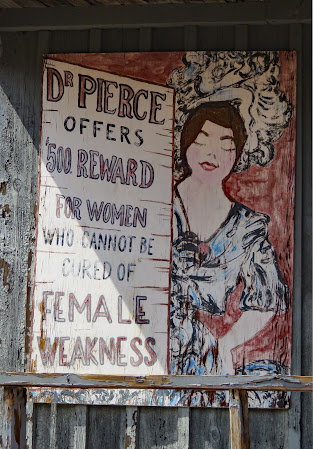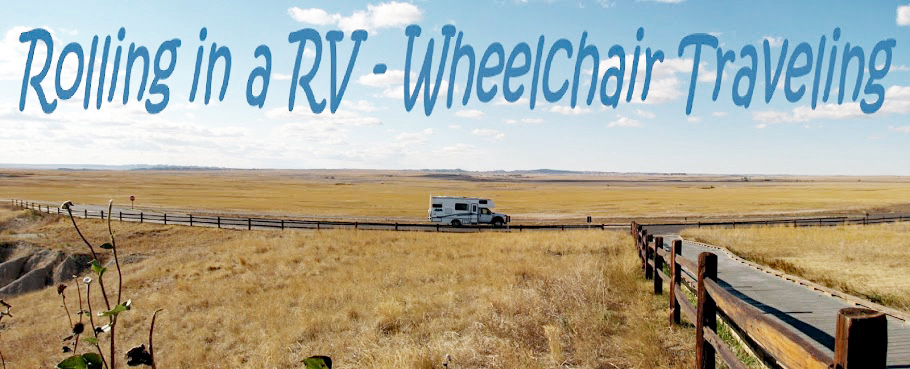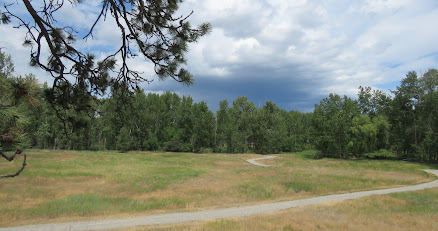Tuesday, July 8, 2025
Travelers' Rest State Park
Sunday, July 6, 2025
Granite County Museum

Saturday, July 5, 2025
Flint Creek Campground


Friday, July 4, 2025
Old Works Historical Trail
Shortly after the last smelter closed in 1980, the town was declared a Super Fund site. The clean up has been extensive and ongoing. It includes removing soil, capping former smelter and slag sites, restoring wetlands, and cleaning residential properties. One of the projects was the construction of a golf course on the site of an early smelter. The polluted ground was first covered with a layer of crushed limestone, then a thick layer of clay soil, and finally a layer of top soil. A few mounds of slag were incorporated into the golf course design for visual interest and fine slag is utilized for the sand traps.
Old Works Historical Trail climbs the hill on the west side of the golf course and follows the ridge for about a mile before dead ending at an overlook. Interpretive signs are located along the trail. From the ridge the huge pile of slag, which will eventually be capped with a layer of soil and vegetation, can be seen in the distance by looking southeast of the town and the golf course. The 555 foot stack, part of the Washoe smelter that operated from 1919 until 1980, is visible from almost anywhere in town. Nothing grows around the ruins of the foundations of the Old Works smelter that are sandwiched between the trail and the golf course. Long flues that ran up the hillsides to smoke stacks are almost completely intact. The trail is paved but first section is very steep with some grades reaching 12% so it can be difficult even with assistance.Thursday, July 3, 2025
Mai Wah Museum





Sunday, June 29, 2025
World Museum of Mining







After navigating a rough patch to get to the entrance, the museum/gift shop is accessible. A room displaying a collection of dolls and doll houses is accessible.


 The building housing the engines has a ramp on the side and is accessible. Go around to the back of the building to access the basement floor which has a mock up of a mine. The memorial to the hundreds of miners who were killed while working Butte’s mines is accessible.
The building housing the engines has a ramp on the side and is accessible. Go around to the back of the building to access the basement floor which has a mock up of a mine. The memorial to the hundreds of miners who were killed while working Butte’s mines is accessible. 

















































